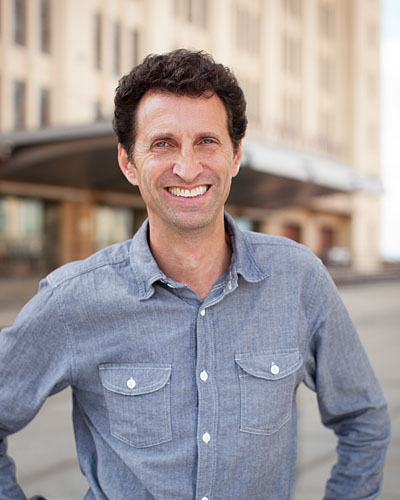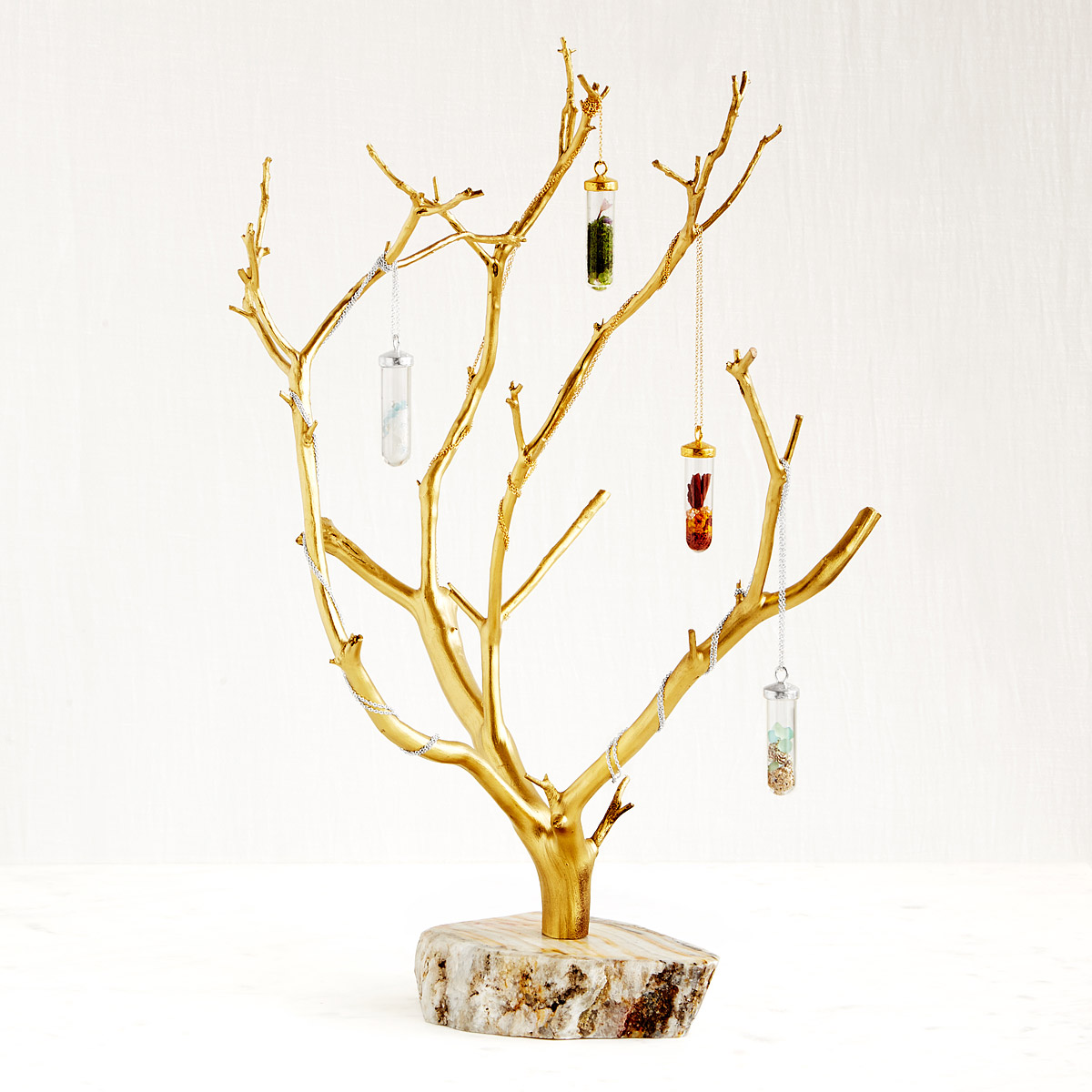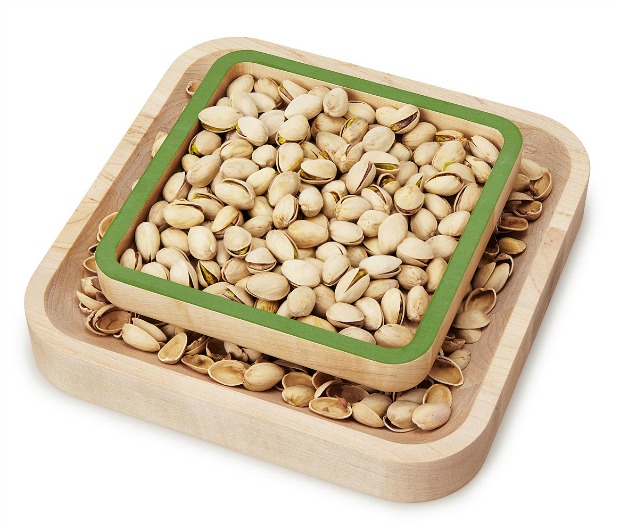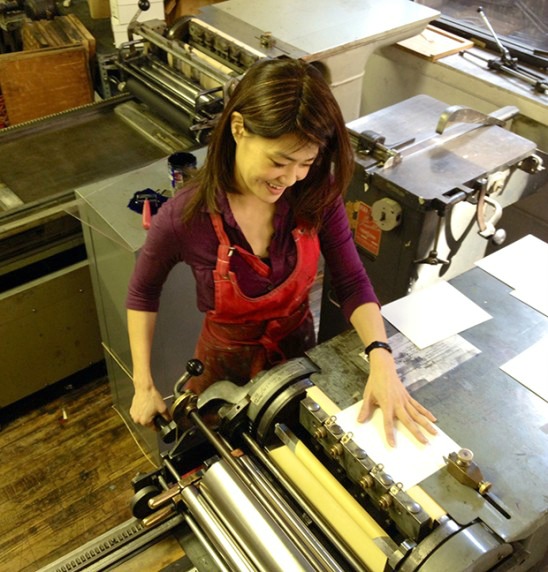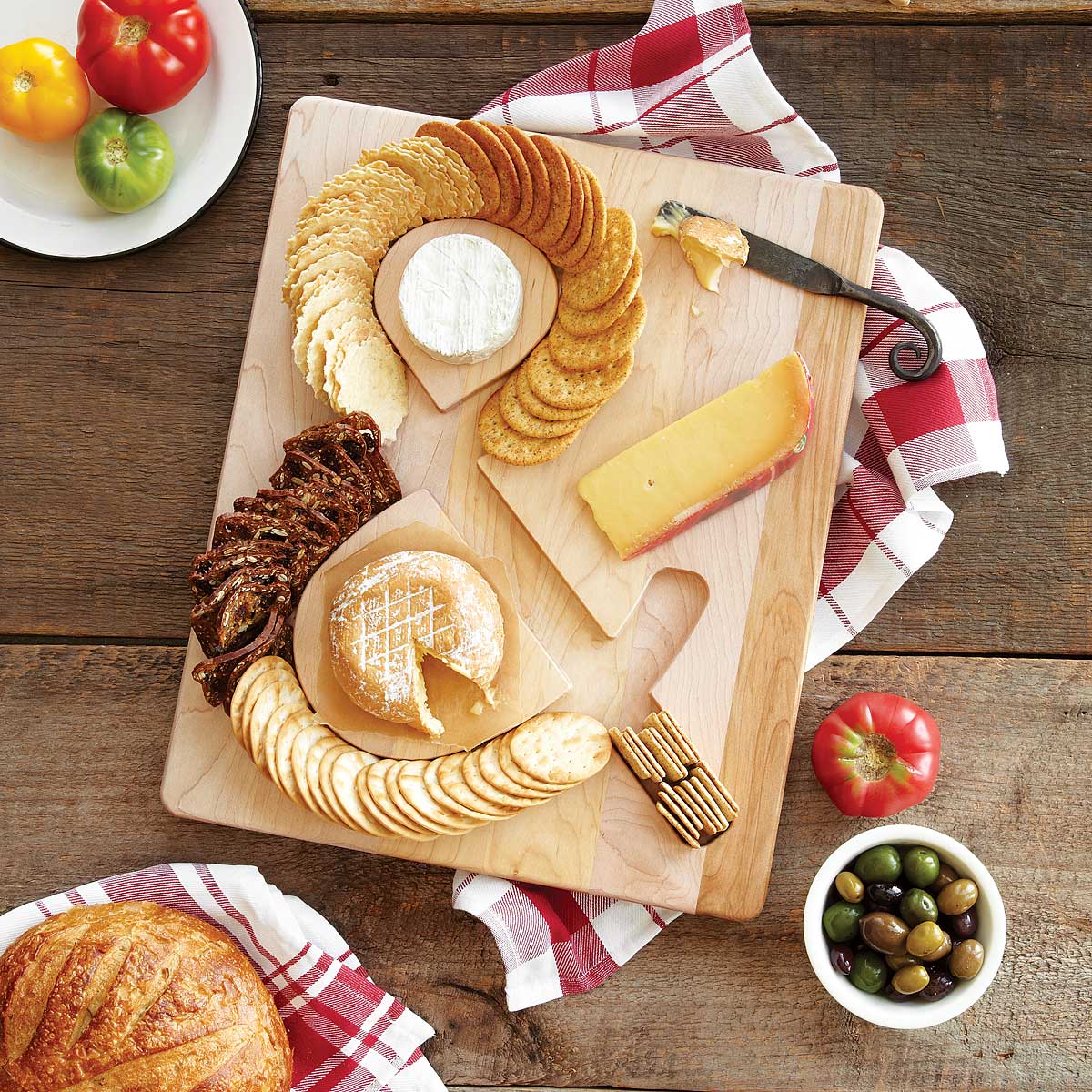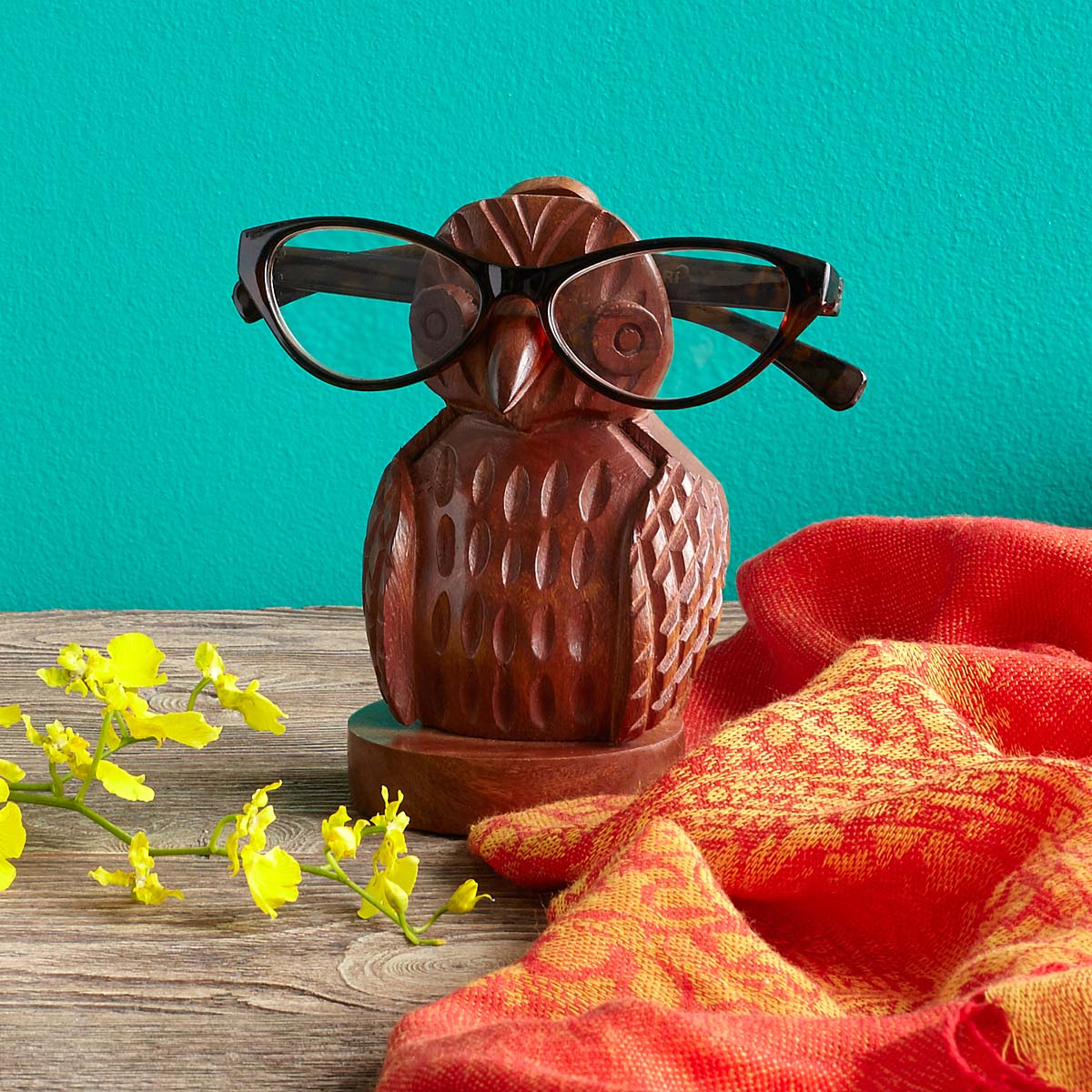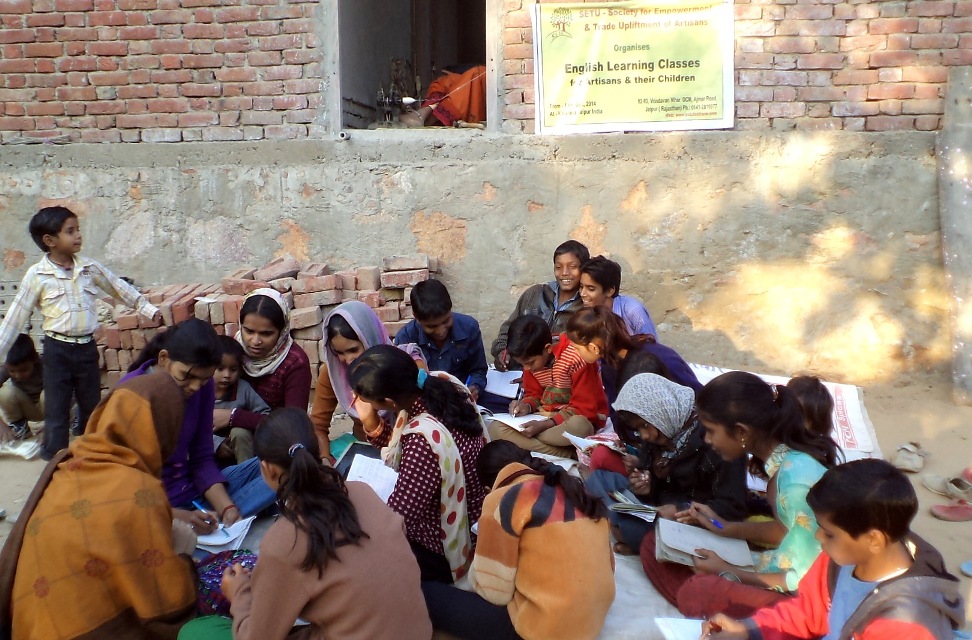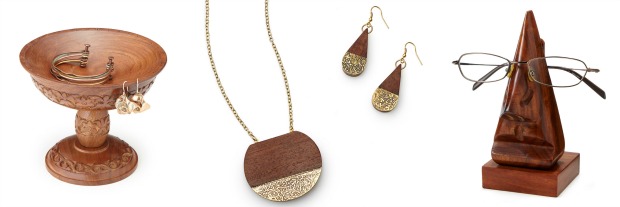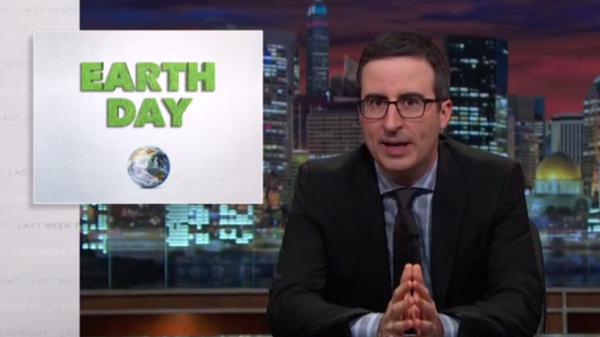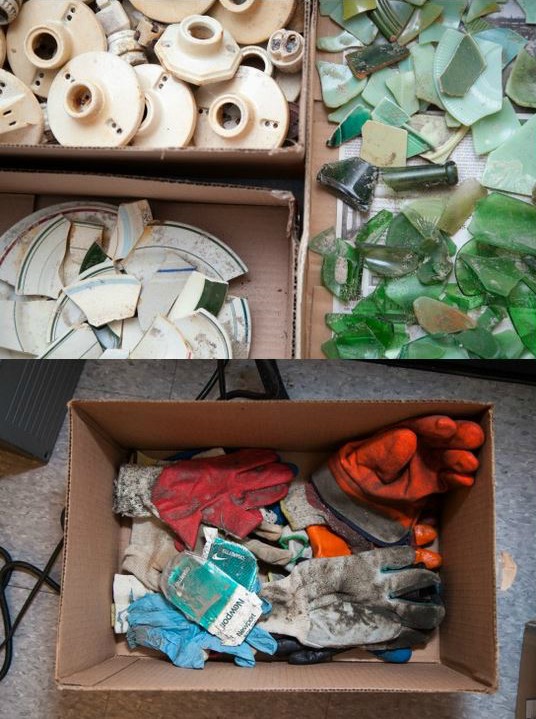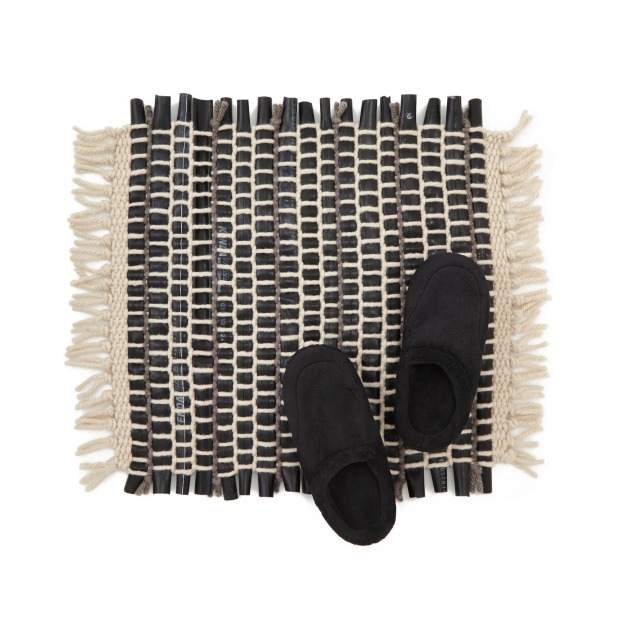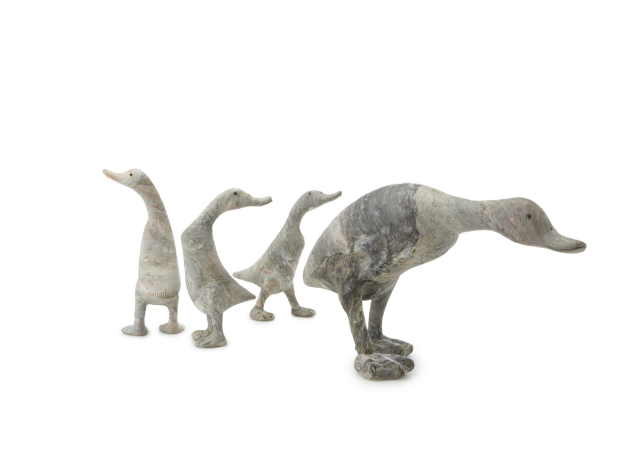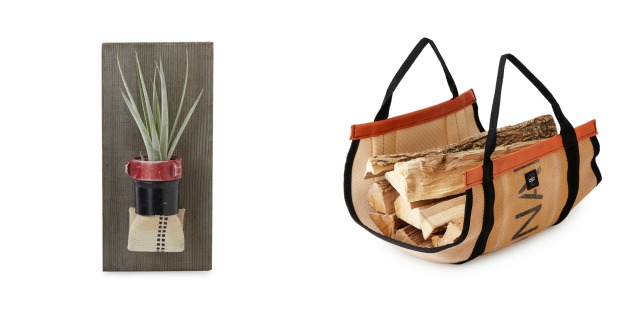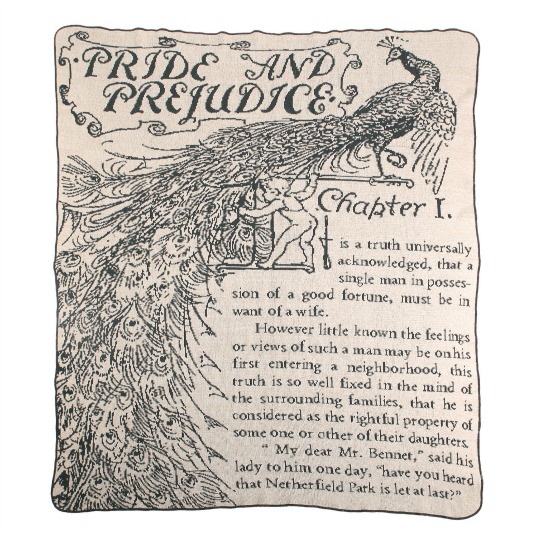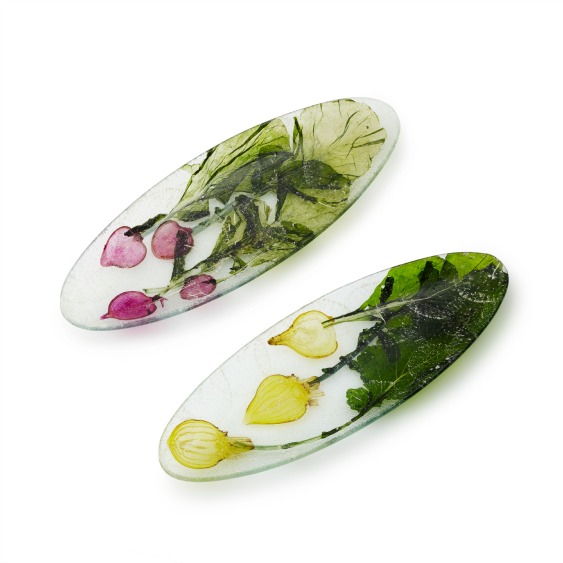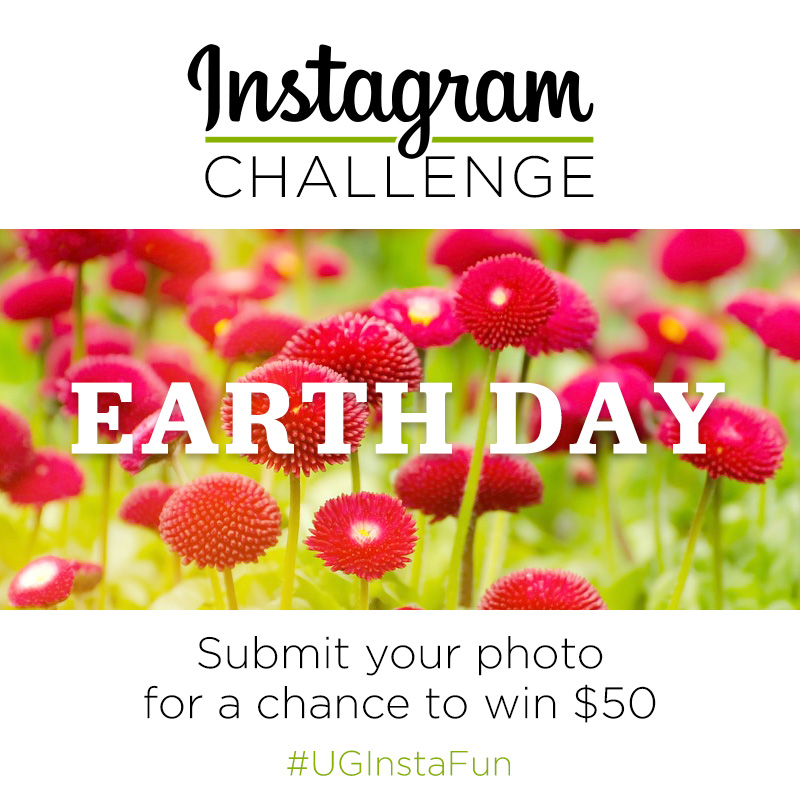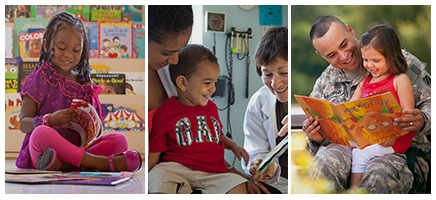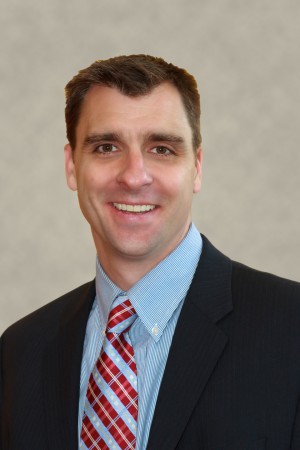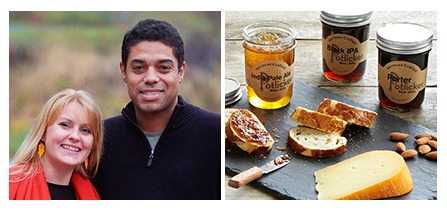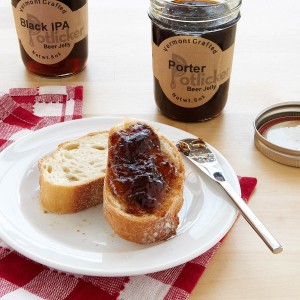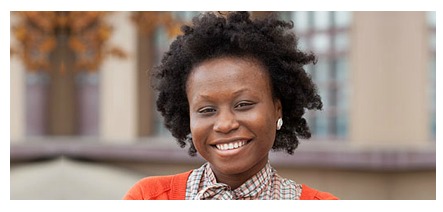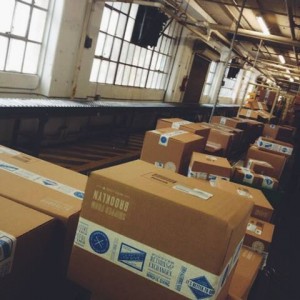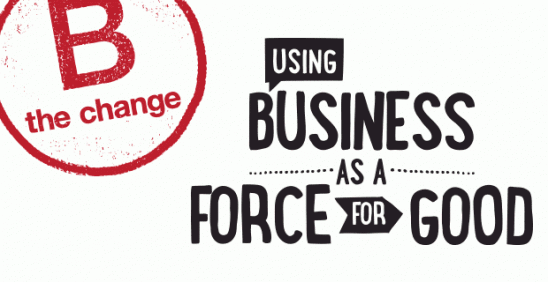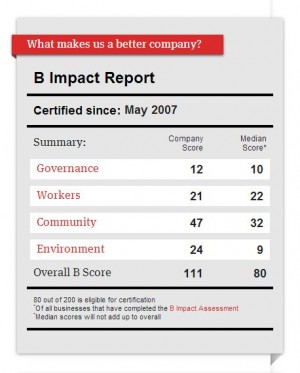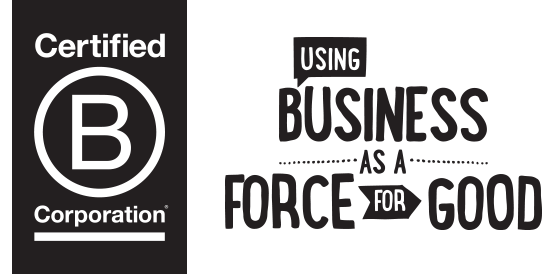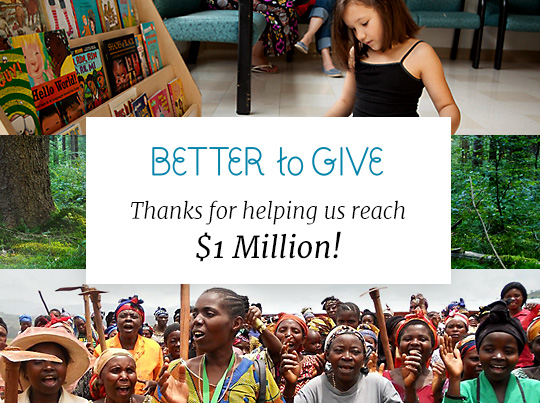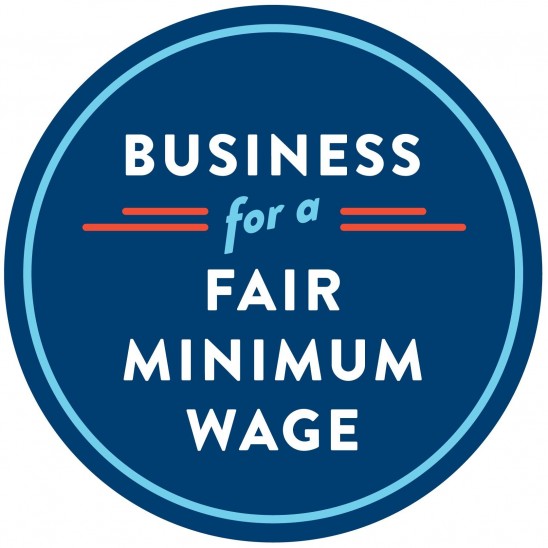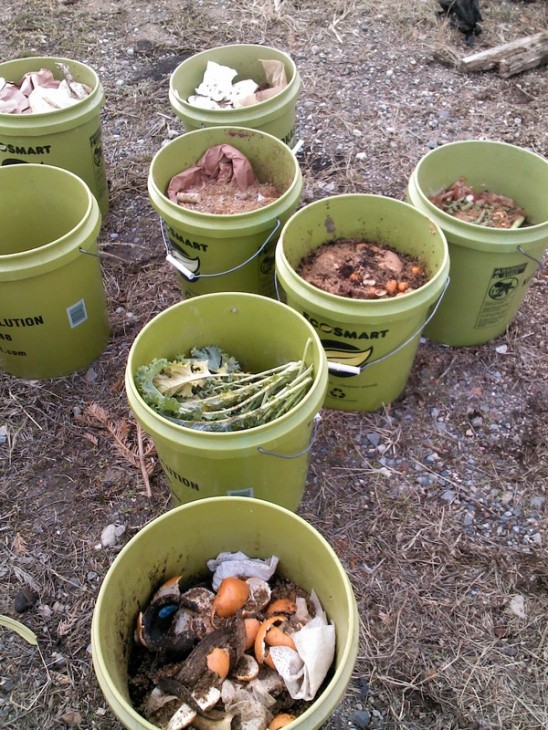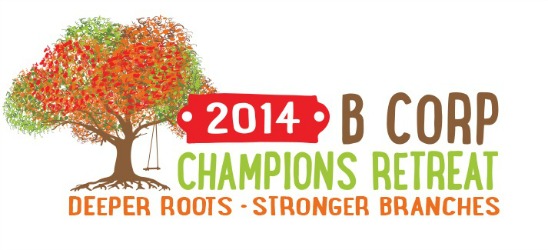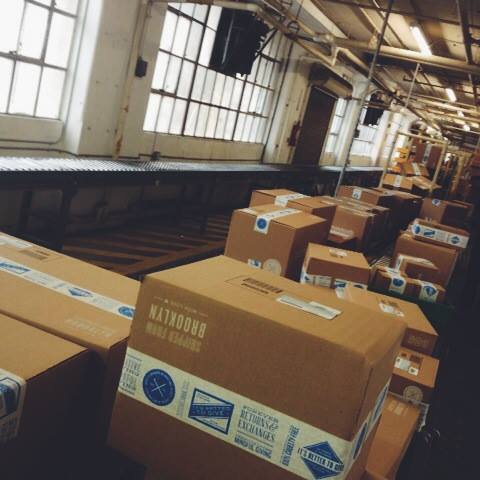As a B Corp certified company, UncommonGoods is excited about sustainability. That means more to us than just being “green” – we strive to offer products that reflect the environmental and social best-interests of everyone. So, when our makers are as concerned with sustainability as we are, we’re always excited to learn more about their process and the positive impact they’re having on the world.
While many of our makers rely on sustainable practices at one point or another in their process, we’re especially excited about those who place the wider world at the forefront of their craft – those who are making an uncommon impact. Meet Margaret Dorfman, designer of fruit and vegetable inspired jewelry and tableware like the Parchment Blossom Earrings and the Vegetable Parchment Platter, and see the ways that she’s striving to be sustainable in the face of drought in California.
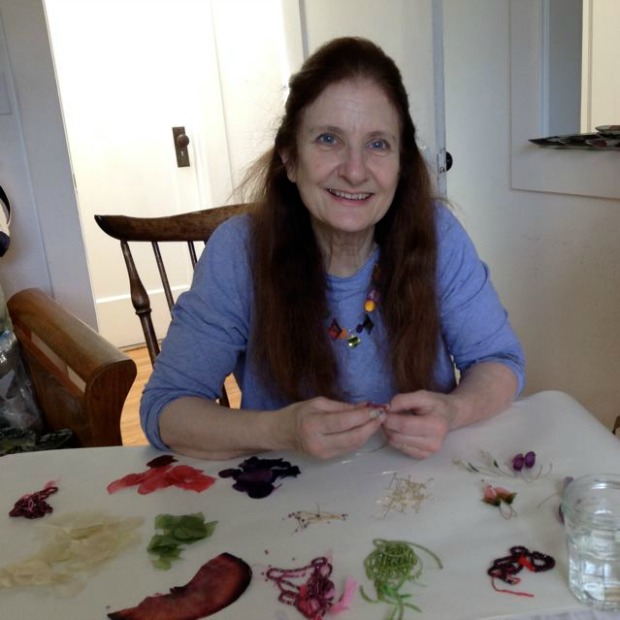
“Sustainability is important simply because the trajectory of consumption and waste around us is not supportable.”



